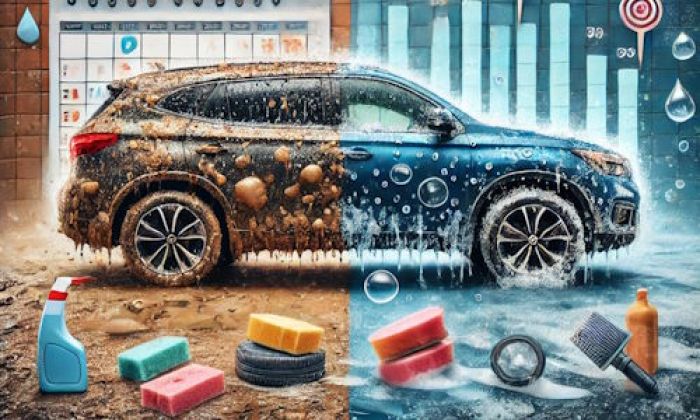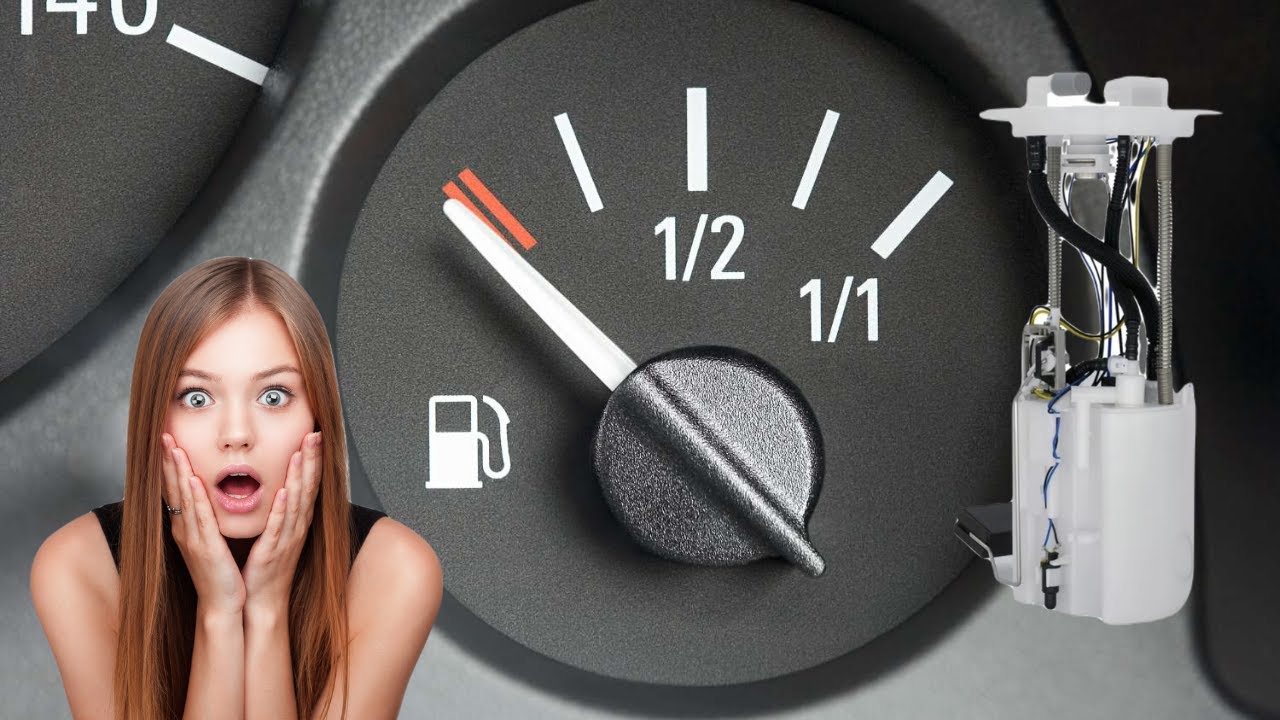The brake fluid plays a vital role when you stop or suddenly engage your brakes. It will transfer the force necessary to foot-press the brake pedals. If the braking system fails to create enough pressure, your foot pedal will feel peculiar. In some cases, it will be spongy and soft. You may have to press the brakes firmly.
Brake fluid problems highlights
- Level of urgency:super-urgent
- DIY diagnostics:usually,impossible
- DIY repairs:impossible
- Price for repair:$250 - $650
- Common symptoms:pedal goes to the floor, braking efficiency low, leaks
- Commonreasons:brake lines leaking, low fluid,badfluid
- If ignored:no brakes, getting into accidents, poor safety when driving

Brake Fluid
Your car's braking system contains a special hydraulic liquid (brake fluid). It's a vital component of the braking system. It transfers brake pressure to the wheels. It allows the brakes to exert enough force to halt or slow down your car.
Your car's brakes will not work if you don't have enough brake fluid. Your car should always have clean and uncontaminated brake fluid. It should be golden yellow. It should also maintain its viscosity to protect your braking system. You may have to change it if it's deeper than amber or if it turns lighter due to contamination.
Why Should You Replace Your Car's Brake Fluid?
The seal covering your brake system prevents pressure loss. The brake system needs enough pressure for it to operate correctly. The seal also helps prevent fluid leakages and keeps out any foreign material.
However, the seal may not be as efficient once the brakes wear out. Foreign elements like water, mud, dust, dirt, and metal particles may get into the brake fluid. Hence, making it less effective. Nonetheless, swap the brake fluid regularly. Old or contaminated brake fluid is likely to absorb moisture. In turn, it may cause corrosion and damage to the braking system.
The contaminants also change the fluid's chemical properties as it deteriorates, reducing the liquid's boiling point. If the liquid boils, it cannot absorb any more heat, making the brakes heat up. You don't want to be cruising around the city with heated brakes. It may cause your car to come to a halt suddenly.
The frequency of brake fluid replacement often depends on the car model and the type of fluid you decide to use. Generally, the brake fluid needs to be changed every 30,000 miles or 2 years. But you can also change it if you notice signs like a slow braking process or brake warning signs on your dashboard.
Why Should You "Pump" Your Brakes After a Brake Fluid Replacement or Top-Up
"Pumping" brakes entail applying the brakes suddenly and in rapid succession. Drivers suddenly engage their brakes repeatedly when there is something wrong with their brakes. It's common to see people pumping their brakes when they do not produce the desired result or feel too soft. The act of pumping the brakes increases the pressure in the braking system. Hence, bringing back the braking force that allows one to slow down or halt their vehicle.
But do it during emergencies only. It should not replace proper maintenance and repair of your damaged brakes. If the brakes continue to feel inadequate or too soft even after pumping the brakes, schedule a braking system examination.
You also need to do it after a brake fluid replacement. The pumping will push the brake fluid throughout the whole brake system. Do it several times to prime your brakes before driving your car. You should feel the brake pedals engage.
Here are other reasons for pumping the brakes after changing or adding your brake fluid:
- To adequately fill the braking system and ensure it's in proper working order.
- To eliminate air pockets created in the lines after replenishing the brake liquid. Pumping the brakes will pressurize the hydraulic fluid and your braking system. The pressure will squeeze out the air on the car's brake line.
- To distribute the liquid around the system. The pressure created will let the brake fluid move through the system without air.
- Bring back the sensitivity in your brake pedal. The pumping is essential if the brake liquid measure is low or if the brakes have been bled or maintained recently.
- To assess the overall performance of the brakes after putting in fluid or maintaining the system.
You'll need to schedule an experienced technician to look at your braking system if the brakes remain unresponsive or spongy after pumping.
How To Pump Car Brakes
When you press down the brake pedal, brake fluid is pushed from the master cylinder through the hydraulic lines and finally to the wheels. It causes a force to be applied on the brake shoes or caliper. This force is what slows and eventually stops the car. Therefore, you'll need to foot-press the brake pedal repeatedly until it no longer moves.
Doing this will form pressure within the hydraulic lines. The pumping allows the newly added brake to flow throughout the brake system. Here is a step-by-step guide to brake fluid top-up and brake pimping:
Step 1: Locate the Brake Fluid Reservoir
Generally, the brake fluid tank is near the brake master cylinder. Check your engine compartment. It's a plastic tank labeled "Brake Fluid." You'll find it close to the firewall or in the middle of the engine bay. If you are having difficulty finding it, check your vehicle owner's manual or do an online search for the exact spot of the brake fluid tank for your vehicle's make and model.
Step 2: Check the Fluid's Level.
Find the brake fluid container. Once you lactate it, wipe off any dust or dirt close to the lid. Take out the cap from the reservoir. Examine the brake fluid level. It should be between the "MIN" and "MAX" labels. If it's low, top it off with the suitable brake fluid up to the labeled level. Don't overfill the reservoir. Put the cap back and seal it securely. It will prevent leaks.
Tip: Always use your manufacturer's recommended brake fluid specified by the vehicle manufacturer. Also, handle the brake fluid with care. Spillings can damage some engine or brake components.
Step 3: Head Over to Your Brake Pedal Inside the Vehicle.
It's a wide, flat pedal that moves when you apply foot pressure. Check your vehicle owner's manual for help or inquire for assistance if you can't locate the pedal.
Step 4: Pumping the Brakes
Press down the brake pedal. Do it repeatedly and quickly push down the brake pedal until it becomes rigid. You'll need to feel like it cannot go further. You should also feel some resistance. The repeated foot press will increase the pressure in the brake system and bring back the braking power if the brakes feel soft or uncooperative.
Do this procedure approximately 15 to 20 times. You should feel the brake pedal engage.
Step 5: Turn On the Engine and Apply Pressure to the Brake Pedal Several Times.
Activate the car's engine to get it running. Once it is on, assess the brakes. Press the brake pedal a few times with steady force to evaluate the brake's reaction.
Make sure to examine the amount of brake fluid one more time and add extra if necessary. You should also ensure that the hydraulic fluid circulates throughout the system for the brakes to work correctly. If the pedal feels solid and functions properly, your brakes are in good condition. Nonetheless, if the pedal is soft or goes all the way down, it could be a sign of an issue with the braking system. You should take your car to a professional mechanic for an inspection right away.
Repeat the process until the brake pedal is firm and the fluid level remains consistent.
If you have any issues with your brakes, it is wise to speak to a certified mechanic. Additionally, flush your brake fluid regularly to stop moisture accumulation because the brake fluid is hygroscopic. The moisture may cause rust on the metallic components. Regular flushes may prevent rust development.
Wrapping up
Your braking system needs brake fluid to function. However, the fluid may become contaminated over time. That's why it's crucial to regularly change or refill the brake fluid. But you need to pump your brakes after a brake fluid refill. Apply the brakes quickly and in succession to disperse the new fluid evenly throughout the brake system and eliminate any air pockets in the lines.
Remember to follow the manufacturer's guidelines when adding brake fluid. Also, you'll need to regularly check the brake fluid level to make sure it is within the suggested range. It's also recommended to flush the brake fluid periodically to stop the accumulation of moisture and avoid corrosion that may reduce the braking power.
About the authors
The CarAraC research team is composed of seasoned auto mechanics and automotive industry professionals, including individuals with advanced degrees and certifications in their field. Our team members boast prestigious credentials, reflecting their extensive knowledge and skills. These qualifications include: IMI: Institute of the Motor Industry, ASE-Certified Master Automobile Technicians; Coventry University, Graduate of MA in Automotive Journalism; Politecnico di Torino, Italy, MS Automotive Engineering; Ss. Cyril and Methodius University in Skopje, Mechanical University in Skopje; TOC Automotive College; DHA Suffa University, Department of Mechanical Engineering






Add comment